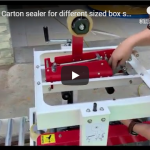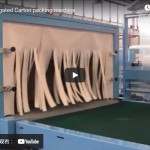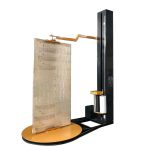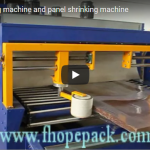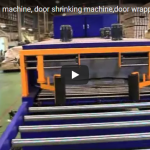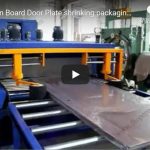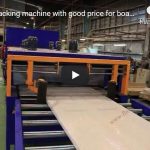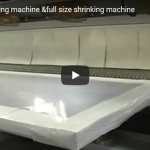A carton packaging machine for doors is a specialized machine that provides a fast and efficient packaging solution for businesses that need to package doors. The machine operates by automatically folding and sealing corrugated cardboard boxes around doors to provide a secure and professional finish.
One of the key benefits of using a carton packaging machine for doors is its ability to provide a high-quality packaging solution that protects doors during transportation and storage. The machine is highly customizable, allowing for a range of box sizes and styles to suit the specific needs of the business.
The carton packaging machine for doors is also highly efficient, allowing businesses to package doors at a much faster rate than traditional manual methods. This can result in significant cost savings and increased productivity for the business.
In addition to providing high-quality machines, many manufacturers offer excellent after-sales service and support. This includes installation, training, and ongoing maintenance and repairs to ensure that the machines continue to operate at optimal performance.
Overall, a carton packaging machine for doors is an excellent investment for businesses that require a fast and efficient packaging solution for doors. Its ability to provide a professional and secure finish, along with its customization options and high efficiency, make it an essential tool for improving efficiency and profitability in the packaging process.
https://www.fhopepack.com/Door_packing_machine.html
info@fhopepack.com
